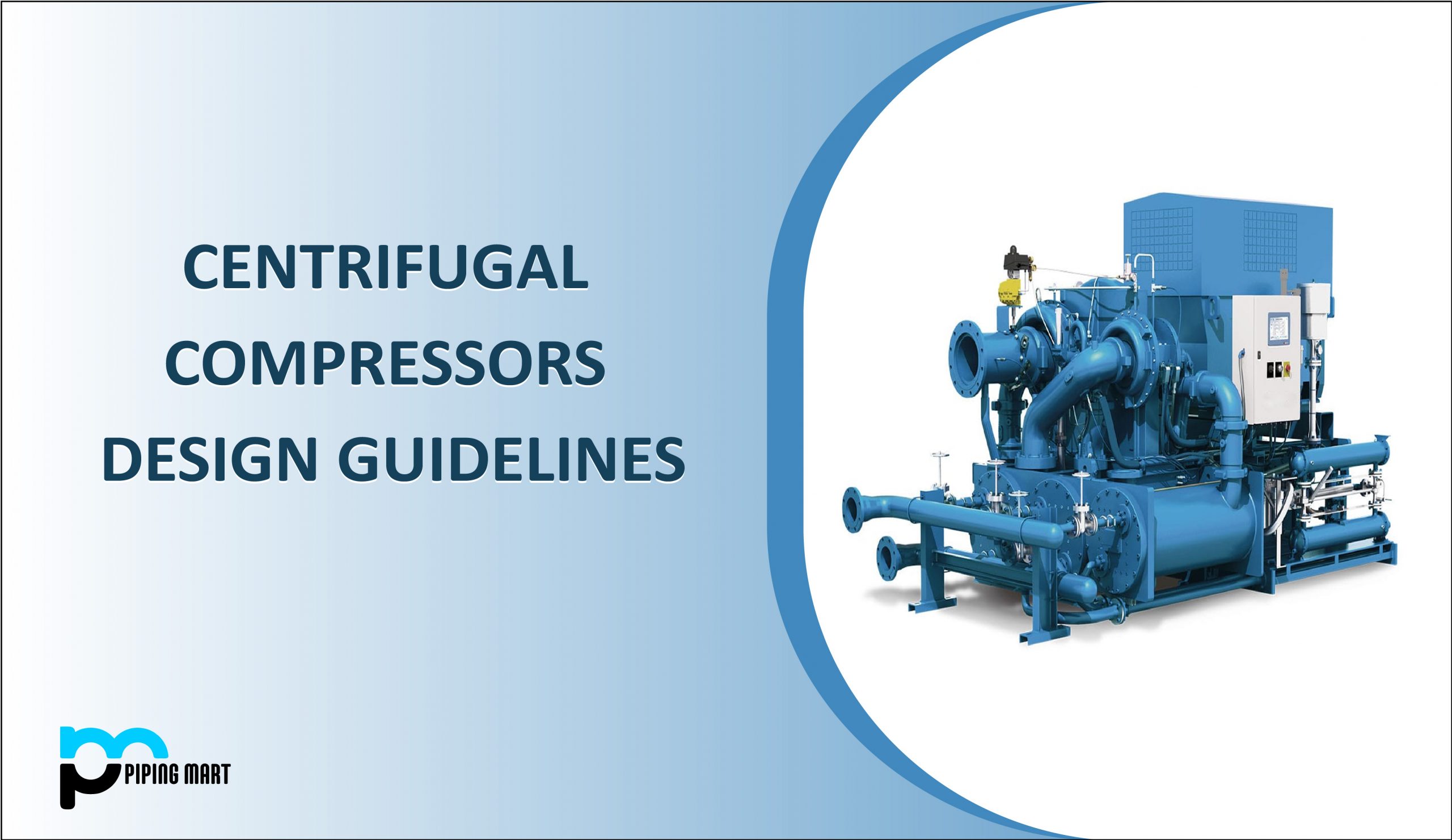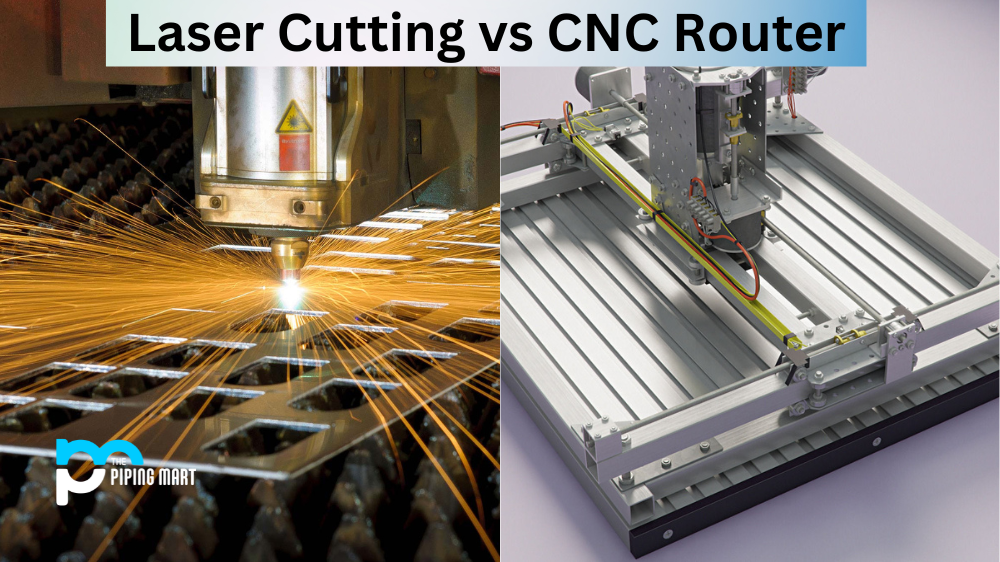Centrifugal casting is a metal-forming technique used to create components with complex shapes and intricate details. This process is favoured in the industrial and manufacturing sectors due to its ability to produce high-quality parts quickly and cost-effectively. However, both advantages and disadvantages are associated with centrifugal casting that must be considered before investing in this technology. Let’s take a closer look at both sides of the equation.
Advantages of Centrifugal Casting
The most significant advantage of centrifugal casting is its speed—it can produce high-quality parts in a fraction of the time required by traditional casting methods. This process also creates parts with superior mechanical properties, including strength, hardness, durability, and wear resistance. Furthermore, it is more economical than other metal forming techniques because it requires fewer steps and less energy input. Finally, this method can produce complex shapes with intricate details that wouldn’t be possible using traditional casting methods.
- The process of centrifugal casting is very efficient, as it can be completed in a relatively short amount of time.
- Centrifugal casting produces parts that are very strong and durable, as the metal is evenly distributed throughout the mould.
- Centrifugal casting is very versatile, as it can be used to create parts of various shapes and sizes.
- The process of centrifugal casting is very cost-effective, as it does not require expensive tools or materials.
- Centrifugal castings are typically very smooth and have a high-quality finish.
- The centrifugal casting process is relatively simple and does not require highly skilled labour.
Disadvantages of Centrifugal Casting
Though centrifugal casting has many advantages, it also has some drawbacks that must be considered before investing in this technology. One such disadvantage is that it can only create relatively small parts—larger parts may be too heavy for the machinery or difficult to handle safely during production. Additionally, centrifugal castings are limited to certain types of metals; certain alloys cannot withstand the heat or force generated by the machinery used in this process. Finally, centrifugal castings may have surface imperfections due to their rapid cooling rate; these imperfections may require additional finishing work, which can add time and expense to the production process.
Limited to cylindrical shapes
One of the primary disadvantages of centrifugal casting is that it is limited to cylindrical shapes. This means that it cannot be used to create objects with other shapes, such as square or rectangular objects.
Requires a mould
Another disadvantage of centrifugal casting is that it requires a mould. This mould must be made of a material that can withstand the high temperatures and pressures associated with the casting process. Additionally, the mould must be strong enough to withstand the centrifugal forces exerted on it during the casting process.
Can be expensive
Another downside of centrifugal casting is that it can be expensive. ]This is because special equipment is required to perform the process, and this equipment can be costly. Additionally, the mould required for centrifugal casting can also be expensive.
Time-consuming
Centrifugal casting can also be time-consuming. The entire process can take several hours, from creating the mold to pouring the metal and allowing it to cool. Additionally, if the object being created is large or complex, it may take even longer.
Requires skilled labour
Another disadvantage of centrifugal casting is that it requires skilled labour. The operator must be able to control the speed of the centrifuge and must also have experience pouring metal into the mold without damaging it. If these conditions are not met, there is a risk of serious injury or damage to the property
Conclusion:
Centrifugal casting is an efficient way to produce components with complex shapes and intricate details quickly and cost-effectively. However, there are some drawbacks associated with this method, such as size limitations, compatibility issues with certain alloys, and potential surface imperfections that may need correcting after production. Considering these considerations will help determine if centrifugal casting suits your business needs. With its numerous advantages outweighing its disadvantages, this method can prove beneficial for those who invest in it properly!

A passionate metal industry expert and blogger. With over 5 years of experience in the field, Palak brings a wealth of knowledge and insight to her writing. Whether discussing the latest trends in the metal industry or sharing tips, she is dedicated to helping others succeed in the metal industry.




